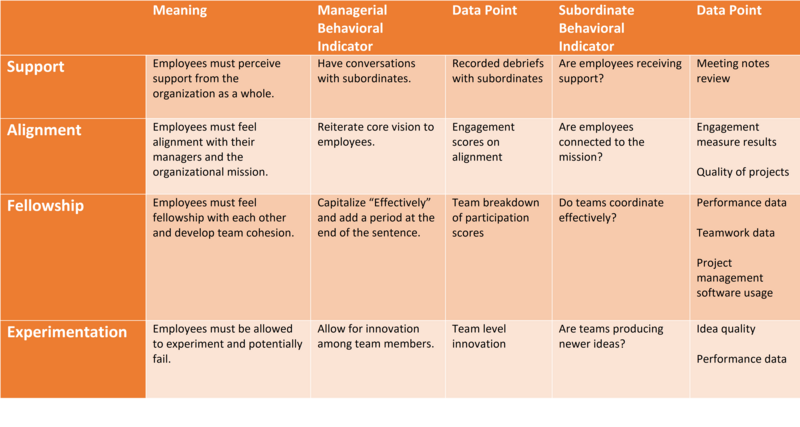ATD Blog
Clarifying What a SAFE Work Environment Entails
Tue Nov 15 2022

It was my pleasure to attend ATD’s OrgDev conference in Los Angeles. It was an incredible experience with many high-quality speakers and professionals working together over the course of two and a half days. I had the privilege to speak about psychological safety. To learn more about the basics of psychological safety, read my previous post.
Many speakers at OrgDev touched on the topic. Each speaker who discussed psychological safety stressed its importance and discussed the impact that it has on employee mental health. Considerable discussion followed about employee mental health and the ways in which organizations can best support employees.
During my session, I discussed how to help organizations rebuild psychological safety within their organizations using the SAFE acronym:
Support: Employees must perceive support from the organization as a whole.
Alignment: Employees must feel alignment with their managers and the organizational mission.
Fellowship: Employees must feel fellowship with each other and develop team cohesion
Experimentation: Employees must be allowed to experiment and potentially fail.
Organizations’ goals around psychological safety must be layered. First, they should establish healthy cultural norms to maintain a SAFE environment. Then, they must monitor these norms and policies to ensure employees are comfortable and that work can be completed effectively. Unhealthy norms and poor working conditions (specifically low psychological safety) can cause stress and other health issues for employees. Psychological safety is also an organization’s responsibility. They need to refer employees to appropriate benefits and resources for their mental health. It’s not the role of an organization’s talent development or organizational development (OD) team to provide mental health support to employees; it’s best to refer them to licensed professionals through an employee assistance program (EAP) or other employee benefit.
So how should OD and TD professionals approach psychological safety? They should focus on what they know: organizational culture, norms, measurement, and training. These techniques will most powerfully support your workforce. Make sure to measure psychological safety within your organization, and take action to improve it by continuing to keep managers informed of their employees’ experiences. Use multiple data sources to illustrate levels of psychological safety.
During my session at OrgDev, I shared the chart below to help OD professionals approach their organizations’ psychological safety from a data-driven perspective. You can use the table to define managerial and subordinate behaviors as SAFE behavior, as well as outline data points that your team collects, or should collect.
Meaning | Managerial Behavioral Indicator | Data Point | Subordinate Behavioral Indicator | Data Point | |
S upport | Employees must perceive support from the organization as a whole. | ||||
A lignment | Employees must feel alignment with their managers and the organizational mission. | ||||
F ellowship | Employees must feel fellowship with each other and develop team cohesion. | ||||
E xperimentation | Employees must be allowed to experiment and potentially fail. |
Below is an example of what the form looks like once you’ve completed it. Use the chart to determine what behaviors you expect managers and subordinates to engage in to create a psychologically safe culture. Then identify what data points you need to measure these behaviors.

Use this chart to assess whether your training programs are benefiting your organizations. Are leaders behaving how your organization wishes them to behave? Can you track organizationally important behaviors effectively, or is there still work to be done? In the example above, you’ll note that each behavior is related to a data point, or something measured by your organization. The chart’s goal is to translate these behaviors into data that is useable within your organization.
By focusing on behavior-based culture management, your organization can develop a psychologically SAFE environment.
